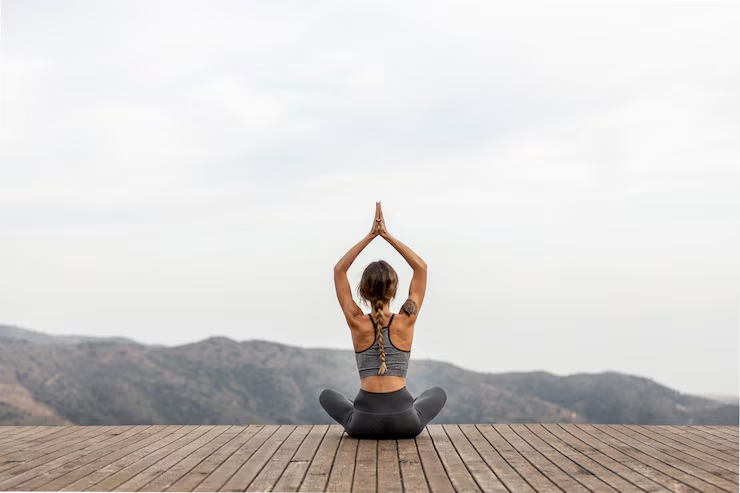Yoga for Beginners 7 Tips for Starting Yoga for the First Time
Introduction
Starting yoga for the first time can be both exciting and intimidating. Whether you’ve been inspired by Instagram poses or are looking for a way to relax after a chaotic day, yoga offers countless benefits for both your mind and body. However, as a beginner, you might wonder how to get started and whether you’ll be able to keep up.
This guide is here to simplify your yoga journey, providing practical tips for beginners, key insights into common poses, and motivation to roll out your mat. By the end, you’ll feel confident and ready to explore the meaningful practice of yoga.
Preparing for Your First Yoga Class
What to wear
Comfort is key when practicing yoga. Choose breathable, stretchy fabrics like leggings, shorts, or joggers paired with a fitted t-shirt or tank top. Loose clothing might get in the way, so opt for something that stays in place as you move. Bonus tip? Wear layers if your practice space tends to be cool.
What to bring
Must-haves for your first yoga class include:
- Yoga mat (if the studio doesn’t provide one)
- A small towel to mop up sweat or use during poses
- A water bottle to stay hydrated
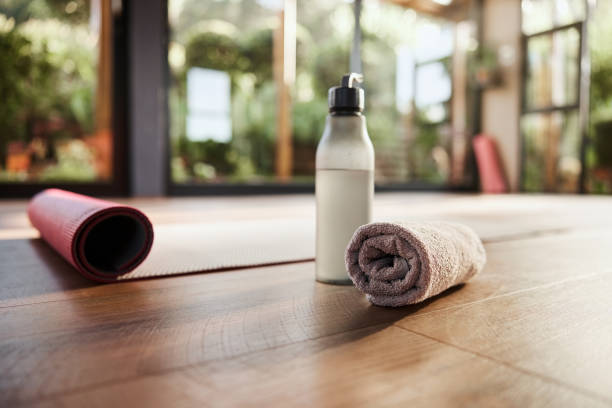
Pro Tip: Some beginners also bring yoga blocks or straps for additional support, but these are usually provided in studio settings.
What to eat before class
Avoid heavy meals before practicing yoga. Instead, go for something light like a banana, a small handful of nuts, or toast with almond butter about an hour before class. Yoga often involves bending and twisting, so you want to avoid that full, uncomfortable feeling mid-downward dog.
7 Essential Tips for Starting Yoga
Tip 1 Start slow and listen to your body
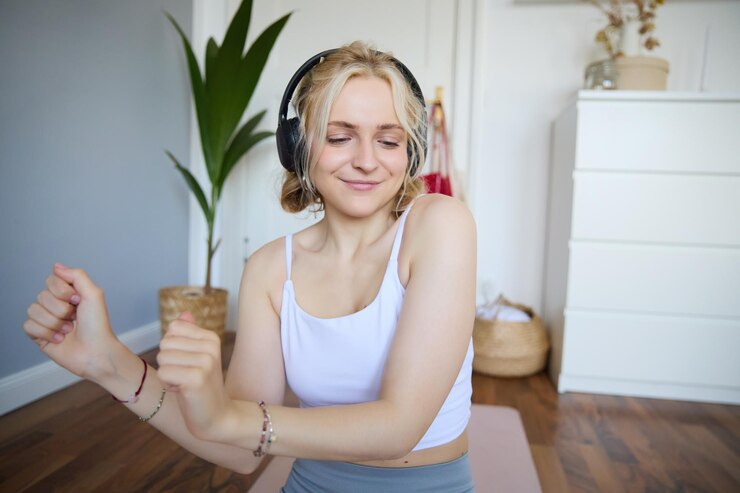
When starting yoga, it’s tempting to push hard to keep up with others—but resist the urge. Yoga is a personal practice. Begin with small, manageable goals and build up gradually. Pay attention to how your body feels, and don’t hesitate to modify poses or take breaks.
Tip 2 Focus on proper alignment
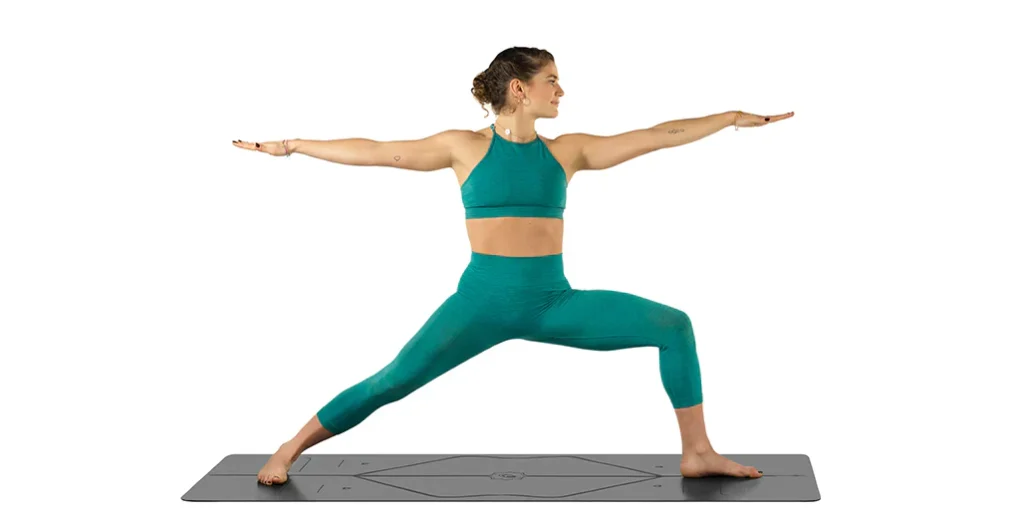
Even if flexibility or strength isn’t your strong suit yet, focusing on proper alignment lays a solid foundation. Aligning properly ensures you avoid injuries and can fully benefit from each pose. Ask your instructor for adjustments or use mirrors to check your posture early on.
Tip 3 Don’t compare yourself to others
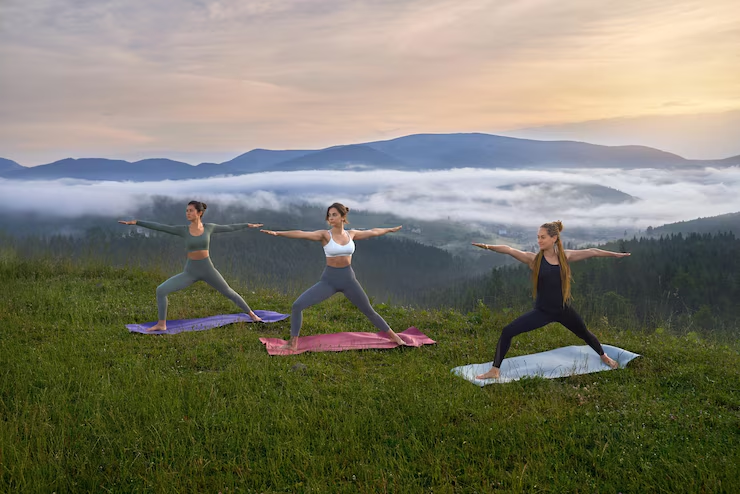
It’s easy to get caught up in what others in the room are doing, especially when you’re surrounded by seasoned yogis. Remember, yoga isn’t a competition. Celebrate wherever you are in your own yoga practice and focus on improving for yourself, not anyone else.
Tip 4 Breathe deeply and mindfully
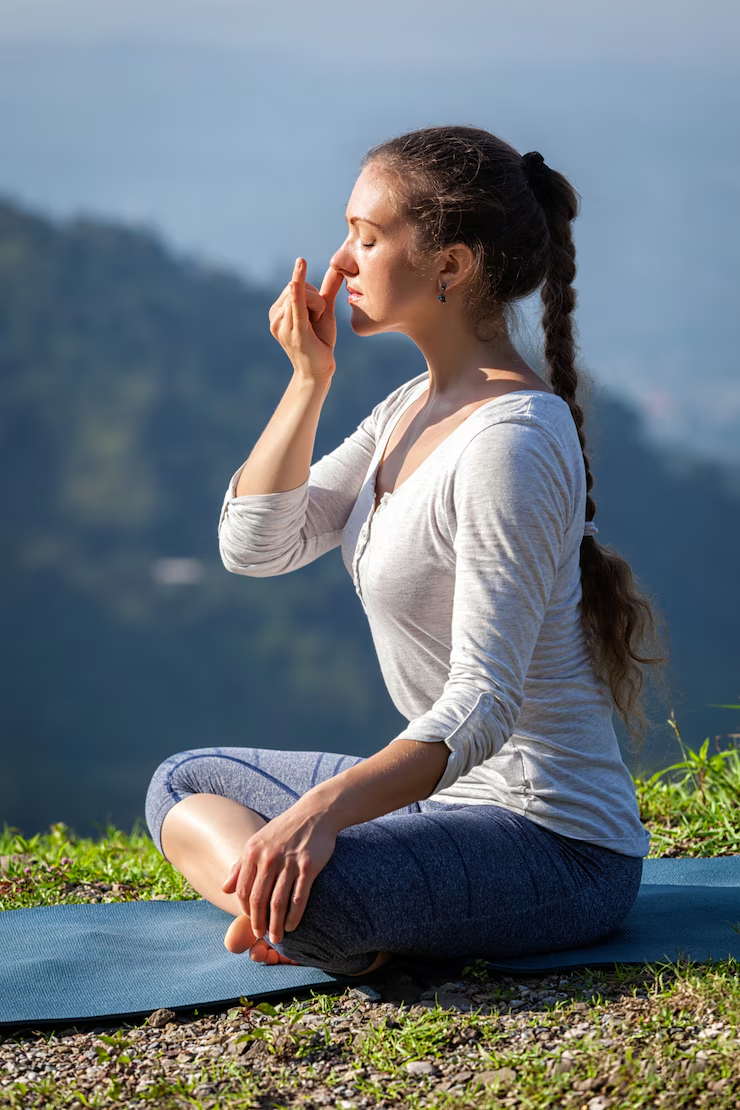
Yoga and breath go hand in hand. Your breath anchors you during your practice, calming your mind and keeping your focus. Whether you’re holding challenging poses or transitioning between them, focusing on slow, deep, and steady breathing is essential.
Tip 5 Find a qualified instructor
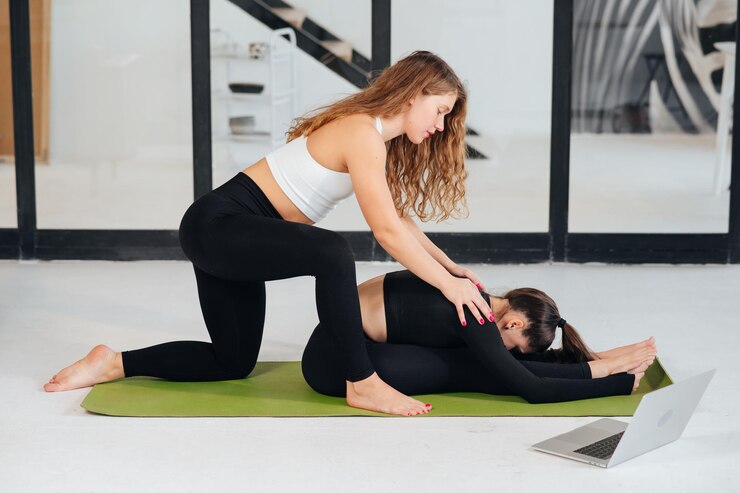
The right teacher can make or break your yoga experience. Look for instructors who are experienced, approachable, and willing to teach modifications for beginners. If group classes feel overwhelming, consider starting with private sessions or online beginner yoga tutorials.
Tip 6 Be patient and persistent
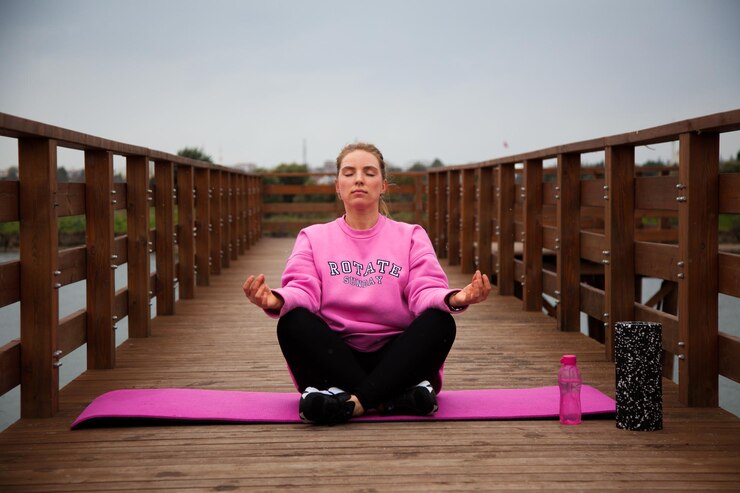
Progress in yoga takes time, so be kind to yourself and stay consistent. You might not touch your toes in your first week or master downward dog immediately, but over time, you’ll notice your body growing stronger and more flexible.
Tip 7 Explore different styles of yoga
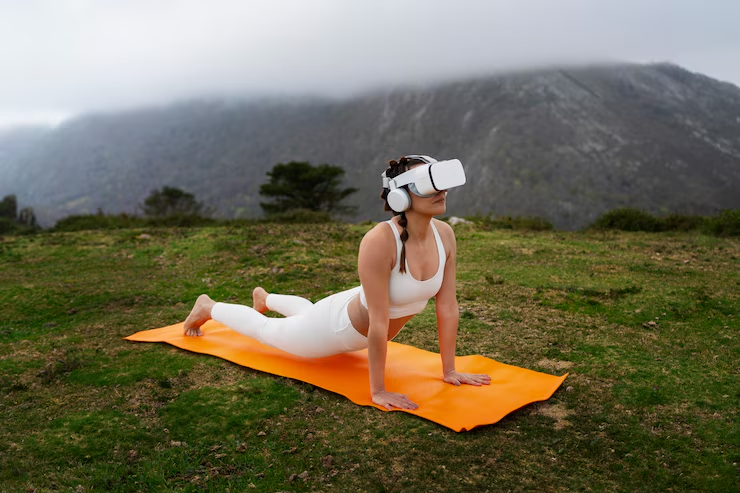
Yoga isn’t one-size-fits-all. From the relaxing pace of Yin Yoga to the energetic flow of Vinyasa, there’s a style for everyone. Experiment with various types to see which aligns best with your needs and preferences.
Common Yoga Poses for Beginners
Mountain Pose (Tadasana)
Mountain Pose is the foundation for many standing poses. Stand tall with feet together, shoulders relaxed, and arms at your sides. Imagine a string gently pulling you upward to lengthen your spine.
Downward-Facing Dog (Adho Mukha Svanasana)
Perfect for stretching and calming the mind, this pose involves forming an inverted “V” shape with your body. Hands and feet should press firmly into the mat, ensuring a neutral spine.
Child’s Pose (Balasana)
Child’s pose is your rest position. Kneel on the mat, lower your torso over your thighs, and stretch your arms forward or alongside your body. It’s perfect for recovering during class.
Warrior I (Virabhadrasana I)
A powerful pose that builds strength and focus. Step one foot forward, bend your front knee, and stretch your arms upward.
Triangle Pose (Trikonasana)
This side-stretching pose strengthens legs and promotes stability. Extend one arm toward the ground, the other toward the ceiling, and look upward for balance.
Benefits of Yoga for Beginners
Physical Benefits
- Increased flexibility, helping you move with ease.
- Improved strength from holding poses like Warrior I.
- Enhanced balance, both physically and mentally.
Mental Benefits
- Reduced stress through mindfulness and breathwork.
- Improved focus and clarity amid the chaos of daily life.
- Boosted mood, as yoga lowers cortisol (a stress hormone).
Addressing Common Concerns
I’m not flexible enough for yoga
Flexibility isn’t a prerequisite for yoga; it’s one of its many benefits. Start with poses that meet you where you are, and slowly build your range of motion over time.
I don’t know where to start
Start small with beginner-focused classes or online tutorials. Many platforms now offer yoga series specifically designed for beginners.
Yoga is too expensive
While studio classes can add up, there are affordable or even free alternatives. YouTube offers fantastic free yoga resources, and many instructors host donation-based outdoor classes.
People Also Ask
What’s the best age to start yoga?
Yoga has no age limit! Whether you’re 10 or 70, yoga can be tailored to support your body and lifestyle, making it accessible for all stages of life.
How long should yoga sessions be for beginners?
Start with 20–30 minutes per session to build endurance and get comfortable with poses. Over time, you can gradually extend to 60 minutes.
Do you need props to start yoga?
No! While props like yoga blocks and straps can enhance your practice, they’re optional. A simple yoga mat and an open mind are all you need.
Find Joy in Your Yoga Practice
Yoga is a gift anyone can incorporate into their life. By starting slow, staying consistent, and remembering to enjoy each breath and movement, you’ll unlock both the physical and mental benefits of this enriching practice.
If you’re ready to take your first step into the world of yoga, there’s no better time than now. Unroll your mat, find a class, and start your yoga adventure today!
